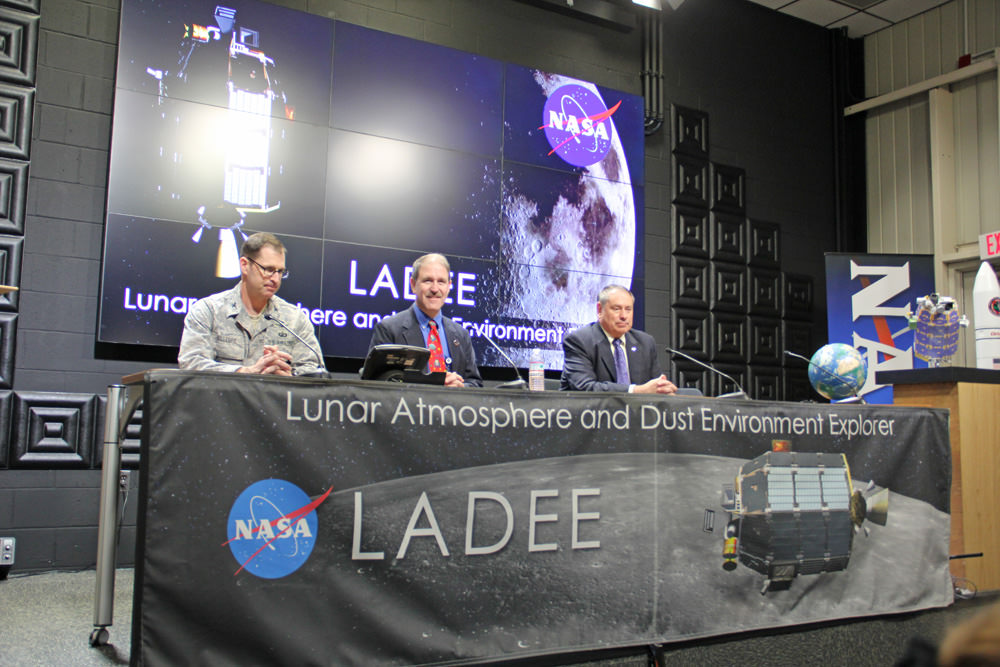
While NASA’s newest lunar probe was tracking the stars, it also captured the moon! This series of star tracker images shows Earth’s closest large neighbour from a close-up orbit. And as NASA explains, the primary purpose of these star-tracking images from the Lunar Atmosphere and Dust Environment Explorer (LADEE) was not the lunar pictures themselves.
“The main job of a star tracker is to snap images of the surrounding star field so that the spacecraft can internally calculate its orientation in space. It completes this task many times per minute,” NASA explained. “The accuracy of each of LADEE’s instruments’ measurements depends on the star tracker calculating the precise orientation of the spacecraft.”
“Star tracker cameras are actually not very good at taking ordinary images,” added Butler Hine, LADEE project manager at NASA’s Ames Research Center in California, in a statement. “But they can sometimes provide exciting glimpses of the lunar terrain.”
Here’s what the images (which were taken one minute apart each Feb. 8) show:
- Image 1: Krieger crater (14 miles/23 km diameter) on horizon, and Toscanelli crater (4 miles/7 km) in front;
- Image 2: Wollastaon P crater (2.5 miles/4 km) near horizon, and the southeast part of Mons Herodotus (a lunar mountain);
- Image 3: Mountain range Montes Agricola and Raman crater (6 miles/10 km)
- Image 4: Golgi crater (4 miles/6 km) and Zinner crater (3 miles/5 km)
- Image 5: Craters Lichtenberg A and Schiaparelli E.
LADEE, a dust-seeking spacecraft, was at the time flying around the moon’s equator at altitudes ranging from between eight and 37 miles (12 to 60 km). Flying high on news of a 28-day mission extension, managers plan to move the probe even lower. LADEE took off from Earth in September 2013 and has been busy, even taking pictures of a fellow NASA probe — the Lunar Reconnaissance Orbiter.
Meanwhile, on the surface the Chinese Yutu rover has just called back home, showing it’s still alive despite a malfunction.
Source: NASA Ames Research Center


I always find it pleasing when instruments provide more than their intended purpose.
No LADEE did NOT take a picture of LRO – it was the other way round!